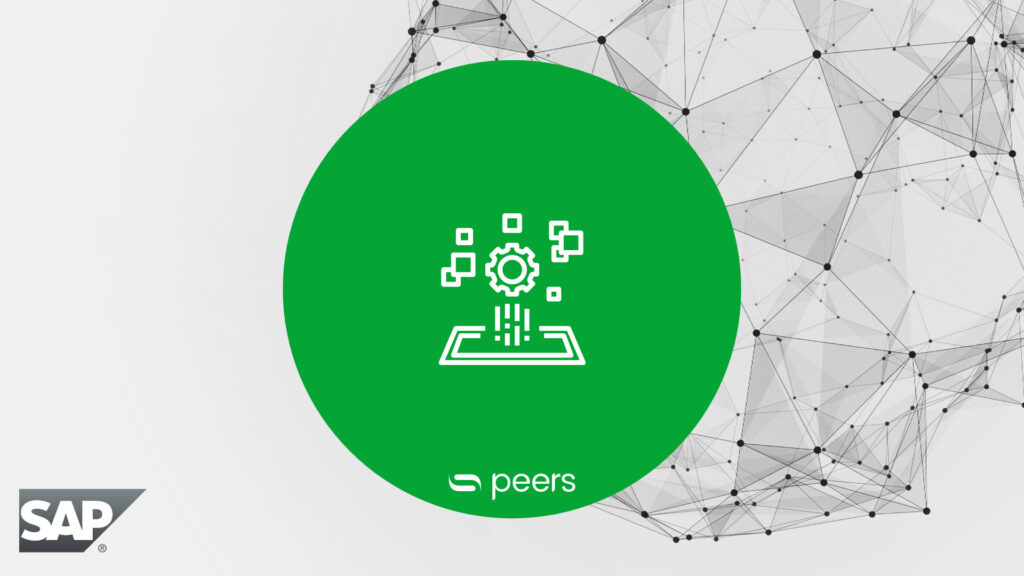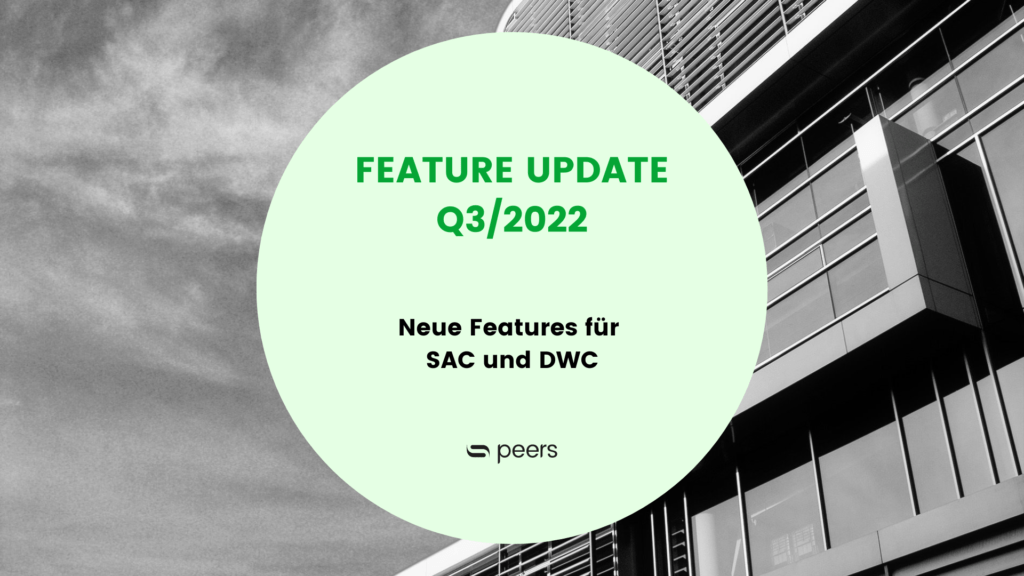- Blog
- Field report
- 3 min reading time

Christopher Maier

Christopher Maier (GCP Consultant at s-peers AG) took part in a two-day seminar at the end of March 2024. two-day workshop on the topic of Google Earth Engine at the Google Office in Berlin. In the following, he reports on his most important learnings about Google Earth Engine and explains the most important functions of the platform.
What is the Google Earth Engine?
The Google Earth Engine is a platform for processing geodata that enables scientists, researchers and developers worldwide to analyze satellite images, geodata and environmental data. The platform developed by Google offers extensive data archives for spatially and temporally comprehensive analyses. In addition to scientific research, the Google Earth Engine also supports the monitoring, planning and management of natural resources as well as disaster preparedness and response.
The Google Earth Engine provides access to an extensive database of satellite images that have been collected over many years. These images come from various satellite missions such as Landsat, Sentinel and MODIS. In addition, the platform contains climatic and oceanographic data sets, topographic maps and demographic information. With the help of this data, users can navigate, select specific variables and use them in their projects.
There are various and diverse areas of application:
- Monitoring land use changes and environmental phenomena
- Creation of maps and models
- Optimizing the use of resources
- Preparing for and responding to natural disasters
Application example based on the change in vegetation at Lake Constance
Even before the workshop, I had been working intensively with the Google Earth Engine. The Earth Engine allows, for example, the analysis of vegetation over different seasons using the Normalized Difference Vegetation Index (NDVI). Thanks to the current data from the Sentinel-2 satellites, I was able to track and visualize how the vegetation changes from spring to autumn in the Lake Constance region (see Figure 1).
The use of a slider enabled a direct comparison of these seasonal transitions, making the differences clearly visible. The visual representation of the NDVI showed not only the green abundance in spring (left image), but also the development of vegetation through to fall (right image). The clarity of these images underlines the importance of the Earth Engine for environmental environmental observation and analysis.
The findings from this simple example illustrate how valuable precise data and technical expertise are for understanding our natural environment. Such tools open up new perspectives for environmental protection and data science.


Figure 1: Comparison of seasonal transitions and changes in vegetation at Lake Constance.
Functionalities of the Google Earth Engine
The Google Earth Engine offers a range of powerful functionalities for analyzing and processing geographic and environmental data:
Mapping
Application of specific functions to several elements of a collection.
Reduce
Operations on entire collections to obtain aggregated data.
Sort
Sorting elements according to specific criteria.
Joining
Combine data collections based on common attributes.
Band mathematics
Processing and analyzing the spectral bands of satellite images.
Filtering
Extraction of certain data based on specific criteria.
These functionalities enable a wide range of applications in research and practice for comprehensive analyses and evaluations.
The use of your own geometry and the creation of models
Google Earth Engine allows you to define specific geographic areas and work with geometries such as points, lines or polygons to precisely select regions for analysis and applications. The use of Sentinel-2 Level 2A data provides high-resolution optical images of the Earth's surface, which are particularly relevant for environmental observations such as land cover classifications and vegetation analysis. To improve image quality and identify clouds, the Cloud Score+ image collection is used to mask clouds in the Sentinel-2 images.
In addition, labels or classes can be assigned to different areas to generate training data for modeling. A classification model is then trained with the classified samples, typically using machine learning algorithms such as Random Forest. The classification results can then be visually displayed on the map and analyzed to check the accuracy of the model and evaluate the land cover classifications.
The use of Google Earth Engine and Google Cloud Architecture in six steps:
Triggered by Google Cloud Scheduler:
The process starts with the Google Cloud Scheduler, which is configured to send a predefined pub/sub message on a regular basis. This can be done daily or hourly, for example, depending on the needs of the application.
Message transfer with Google Pub/Sub:
The message is sent by the Cloud Scheduler to a specific pub/sub-topic. The message can contain information such as timestamps or specific parameters that are required to execute the Earth Engine code.
Activation of Google Cloud Functions:
A subscription in Pub/Sub-Topic listens for incoming messages and triggers a Google Cloud Function as soon as a message is received. The cloud function is programmed to react to these messages and is activated accordingly.
...
We will be happy to provide you with a more in-depth insight into the topic.
You can find more solutions from the Google Cloud Platform here:
Published by:

Christopher Maier
Google Cloud Platform (Cloud Infrastructure | Cloud Solutions) Consultant

Christopher Maier
How did you like the article?
How helpful was this post?
Click on the stars to rate!
Average rating 4.9 / 5.
Number of ratings: 15
No reviews yet! Be the first to rate this post.







